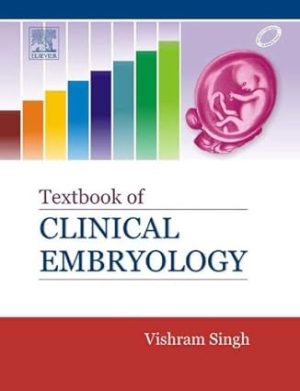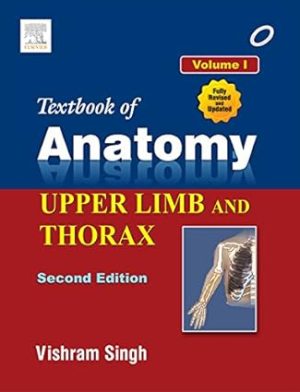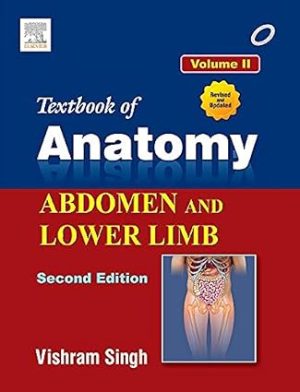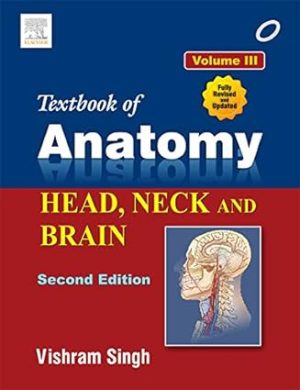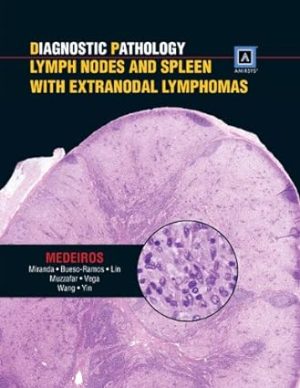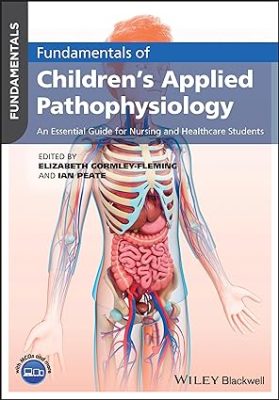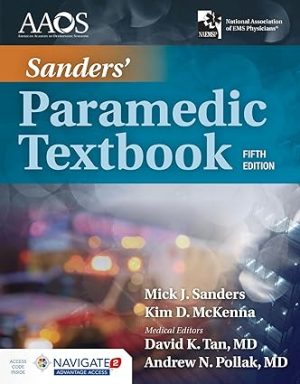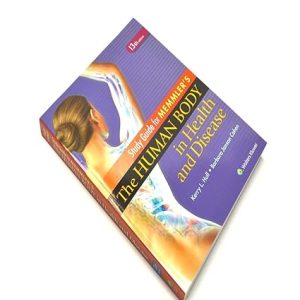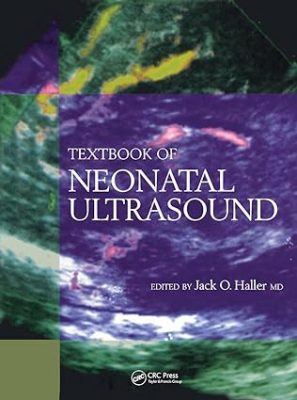Practical Cardiovascular Medicine 2nd Edition
Practical Cardiovascular Medicine 2nd Edition
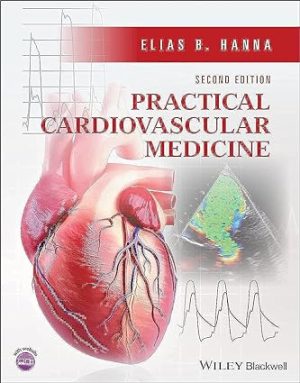
***Dr Hanna will provide regular free online updates via this link (copy the link): sites.google.com/view/elias-hanna-book-updates/home
Providing a complete but succinct overview of the information cardiologists and cardiology trainees need to have at their fingertips, Practical Cardiovascular Medicine, Second Edition is an everyday primary guide to the specialty.
Provides cardiologists with a thorough and up-to-date review of cardiology, from pathophysiology to practical, evidence-based management
Ably synthesizes pathophysiology fundamentals and evidence-based approaches to prepare a physician for a subspecialty career in cardiology
Clinical chapters cover coronary artery disease, heart failure, arrhythmias, valvular disorders, pericardial disorders, congenital heart disease, and peripheral arterial disease
Practical chapters address ECG, coronary angiography, catheterization techniques, echocardiography, hemodynamics, and electrophysiological testing
Includes over 730 figures, key notes boxes, references for further study, and coverage of clinical trials
Review questions help clarify topics and can be used for Board preparation – over 650 questions in all
The Second Edition has been comprehensively updated with the newest data and with both the American and European guidelines. More specifically, 20 clinical chapters have been rewritten and extensively revised. Procedural chapters have been enhanced with additional concepts and illustrations, particularly the hemodynamic and catheterization chapters. Clinical questions have been revamped, new questions have been added, including a new, 259-question section at the end of the book.
Practical Cardiovascular Medicine, Second Edition is an ideal reference for the resident, fellow, cardiologist, and any professional treating patients with cardiovascular disease.









